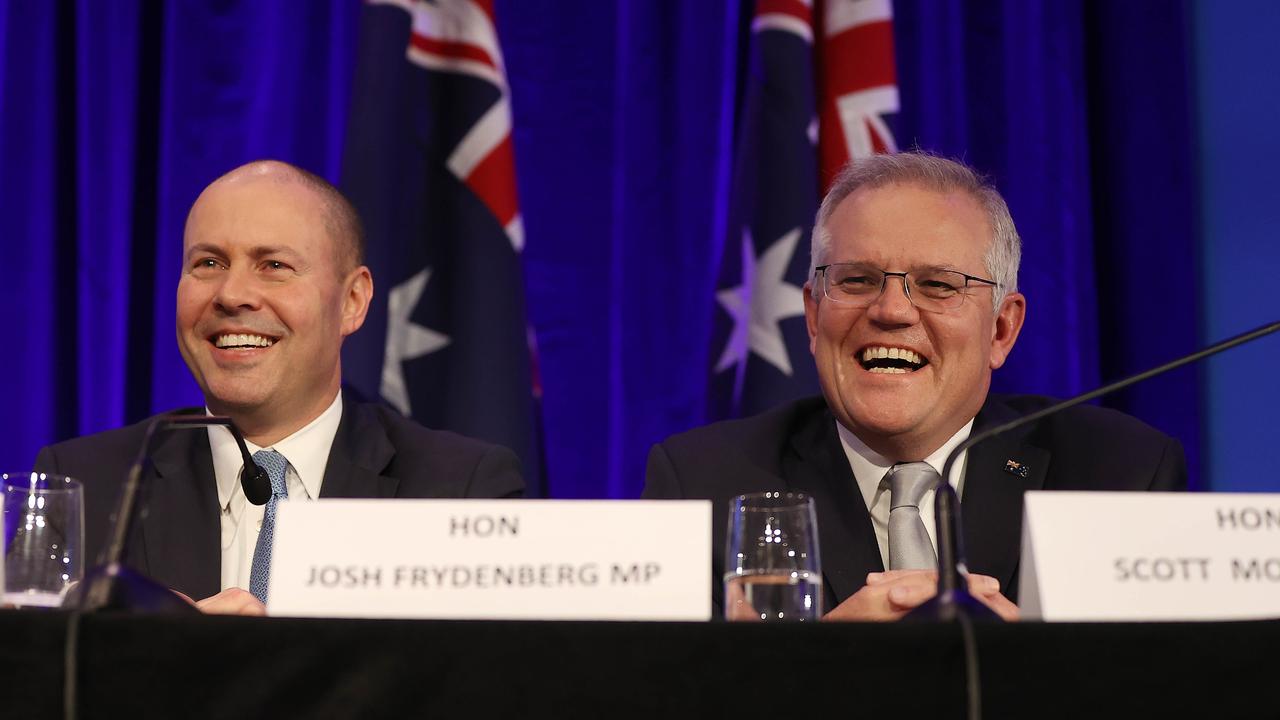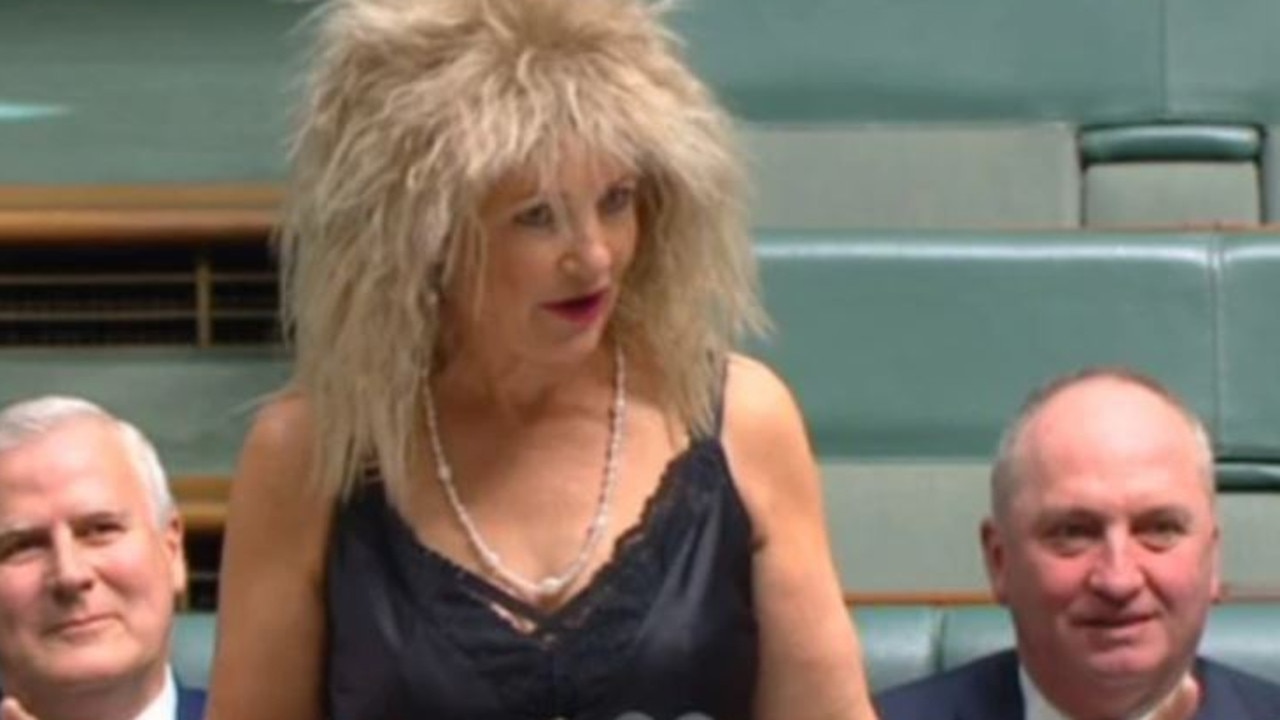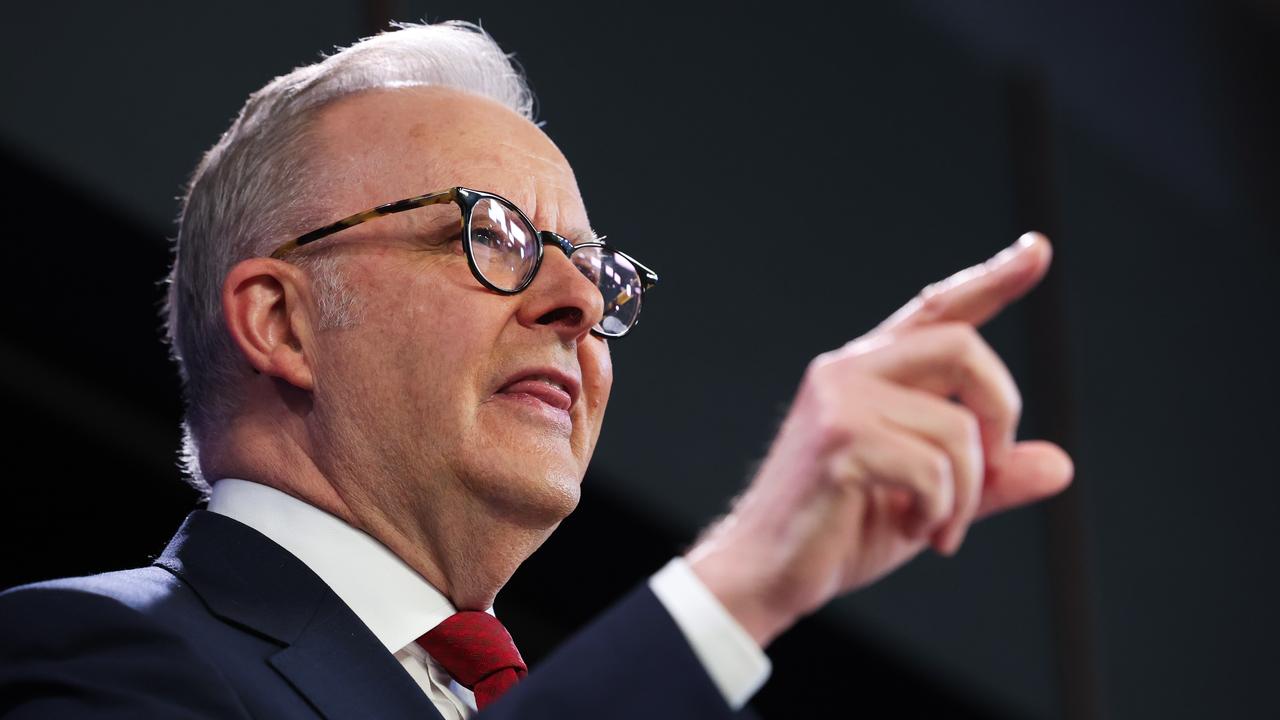Federal budget 2022: How much you’ll get in cash splash
Josh Frydenberg is “putting more money in the pockets” of millions of Australians struggling with higher prices. Here’s how much you will get.

Josh Frydenberg is “putting more money in the pockets” of millions of Australians struggling with higher prices for petrol, groceries and medicines.
As war rages in Ukraine, communities struggle to rebuild after devastating floods, and the Covid-19 pandemic continues to disrupt global supply chains amid fresh lockdowns in China, the Treasurer has headlined his pre-election budget with billions of dollars worth of sweeteners as part of a major cost-of-living package.
“Events abroad are pushing up the cost of living at home,” Mr Frydenberg said in his budget speech on Tuesday night.
“Higher fuel, food and shipping costs are increasing inflation and stretching household budgets. Tonight the Morrison Government announces a new temporary, targeted and responsible cost-of-living package to ease these pressures. Practical measures that will make a difference.”
Mr Frydenberg said the measures were “delivering cheaper fuel, cheaper medicines and putting more money in the pockets of millions of Australians”.
Here’s how much you will get.

Lamington tax offset
Under the turbocharged low and middle income tax offset (LMITO), nicknamed the “lamington”, more than 10 million Australians earning less than $126,000 a year will receive a one-off $420 cost-of-living tax offset, in addition to the existing $1080 LMITO.
“Individuals already receiving the low and middle income tax offset will now receive up to $1500 and couples up to $3000 from July 1 this year,” Mr Frydenberg said.
With the combined cost-of-living tax offset and LMITO, those earning:
– between $90,001 and $125,999 will receive $420 to $1500 (1.9 million people)
– between $48,001 and 90,000 will receive $1500 (4.8 million people)
– between $37,001 and $48,000 will receive $675 to $1500 (1.6 million people)
– up to $37,000 will receive up to $675 (1.8 million people)
For example, a couple living together earning $90,000 and $63,000 a year, for a combined income of $153,000, would receive a total reduction in their tax bill of $3000 when they lodge their return – $840 more than they would have without the increase.
The measure will cost the budget $4.1 billion over the next two years.

$250 pensioner payment
Six million Australians “most in need” will receive a one-off cost-of-living payment of $250 next month.
“Pensioners, carers, veterans, job seekers, eligible self-funded retirees and concession card holders will benefit,” Mr Frydenberg said.
“Together, with existing indexation arrangements, this will see a single pensioner receive more than $500 in additional support over the next six months, just when they need it most.”
The tax-exempt payment, which will cost the budget $1.5 billion, will be made automatically to eligible recipients in April.
While pensioners may feel dudded as workers receive the more generous $420 offset, the government is stressing that income support payments increased by 2.1 per cent in March, benefiting almost five million Australians.
“The Age Pension, Disability Support Pension and Carer Payment rates increased by more than $20 a fortnight for singles and $30 a fortnight for couples,” budget documents state.
“They will receive a similar increase again in September. Payments are regularly increased to help shield people from the rising cost of living.”
For example, a retired couple living together both receiving the Age Pension will receive a combined $500 in April through the one-off payment, while their combined pension will also increase by $390 over the next six months before it is increased again.

22-cent fuel excise cut
As petrol prices reach record levels, touching $2.30 in some cities, the government will slash the 44.2 cents per litre fuel excise by half for six months, to 22.1 cents.
The reduction in excise, which is paid at the wholesale level by fuel retailers, comes into effect from midnight on Tuesday but will take up to two weeks to flow through to lower prices at the petrol pump, as existing fuel stocks flow out of the system.
“For the next six months, Australians will save 22 cents a litre every time they fill up their car,” Mr Frydenberg said.
“A family with two cars who fill up once a week could save around $30 a week or around $700 over the next six months. Whether you’re dropping the kids at school, driving to and from work or visiting family and friends, it will cost less. The competition watchdog will monitor retailers to make sure these savings are passed on in full.”
For example, a motorist who fills up their 40-litre tank once a week would save up to $250 over six months, while a business owner who employs 10 people, each driving utes with 80-litre tanks, would save up to $2780.
Mark McKenzie, chief executive of the petrol station peak body ACAPMA (Australasian Convenience and Petroleum Marketers Association), urged motorists to be patient as fuel stocks replenish.
He estimated that could take between three and seven days, depending on where you live.
“Typically, in a metro area with high turnover, you’re talking three days,” he said.
“Outer metro or regional areas, five days. But in far-flung regional areas with smaller volumes, it might take seven days to get through a tanker of petrol.”
Mr McKenzie said it was possible that some retailers might lower their prices immediately to get the jump on competitors, but doing so would cost them an immense amount of money.
“That’s a big amount to write off,” he noted.

Stage three tax cuts
Meanwhile, the federal government is moving towards the third phase of its plan to reshape the tax bracket system.
The plan is to widen the lower income bracket to allow people earning from $120,000 up to $200,000 to pay less tax. When the government reaches stage three in the 2024-25 financial year, people in this bracket will get a tax cut of up to $9000 a year.
That means people earning as low as $45,001 annually – overwhelmingly represented by young Australians – will wind up paying the same tax rate as those on four times their wage.
This year, government says around 12 million taxpayers will benefit from lower taxes under permanent tax relief worth $16 billion.
The tax cuts are worth up to $2565 for individuals and $5130 for dual-income couples.
“As a result of the Personal Income Tax Plan, an individual earning $90,000 each year, around the average full-time income, will benefit by a total reduction in tax of $8655 from 2018-19 to 2022-23,” budget documents state.
“By putting more money in their pockets, families will keep more of what they earn, allowing them to spend more on what they need. When stage three of the plan delivers further tax cuts in 2024-25, around 95 per cent of taxpayers will face a marginal tax rate of 30 per cent or less. This will simplify the tax system, improve incentives for working Australians and increase reward for effort.”

Childcare subsidy increases
Meanwhile, childcare subsidy increases brought forward from July 1 to March 7 will leave the average family more than $2200 per year better off.
Last year the government announced it would remove the annual cap on the childcare subsidy, and increase subsidies for second and subsequent children.
“This is improving cost-of-living pressures for around 250,000 families, saving them on average, around $2260 per year, depending on their household income and the number of children in child care,” budget documents state.
For example, a couple on a combined income of $180,000 with two children under four who both attend daycare four days per week at an hourly rate of $10.80 will receive an increased subsidy of 80 per cent for their second child, compared to 50 per cent under previous settings
The changes will save the family about $130 in out-of-pocket costs for child care per week or about $6500 per year.
New mums and dads will also now be able to access a combined 20 weeks of paid parental leave under a major overhaul of the scheme designed to offer greater flexibility for young families.

Cheaper medicines
Australians will also benefit from greater access to subsidised medicines, with the government spending $525.3 million to lower Pharmaceutical Benefits Scheme (PBS) safety net thresholds from July 1.
The changes amount to the equivalent of 12 full-priced scripts for concession card holders and around two fully priced scripts for non-concessional patients.
More than 2.4 million people are expected to benefit.
For concessional patients, the safety net threshold will be lowered by 25 per cent from $326.40 to $244.80 – an $81.60 reduction.
“This means when a concession card holder reaches the safety net threshold, after 36 full-priced concessional scripts, they will receive PBS medicines at no charge for the rest of the year,” the budget press release states.
“For general patients, the general safety net threshold will reduce from $1542.10 to $1457.10 – an $85 reduction for non-concessional patients, which means that after the equivalent of about 34 full priced general co-payments, general patients pay only the concessional co-payment of $6.80 per PBS script for the balance of the year.”






